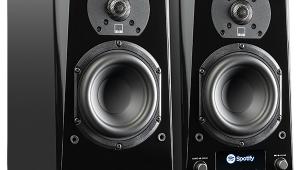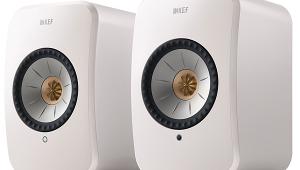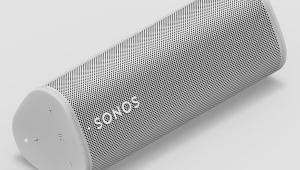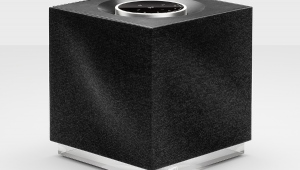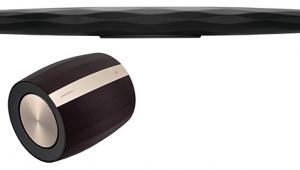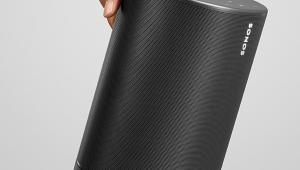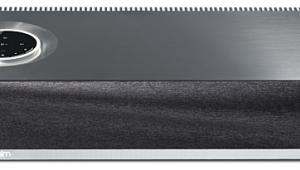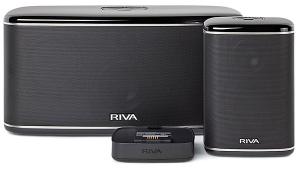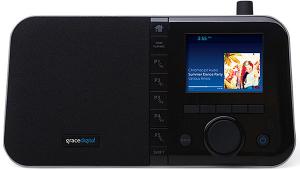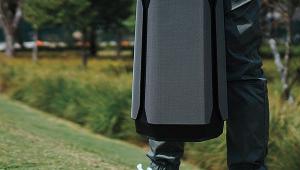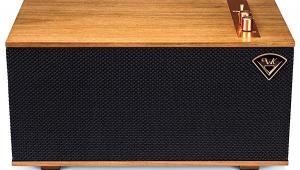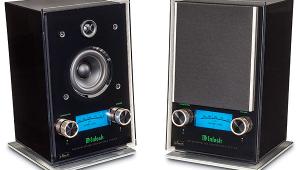Review: Altec Lansing inAir 5000 AirPlay Speaker Page 2
Measurements
The InAir 5000 presents challenges for traditional quasi-anechoic frequency response measurements for a few reasons. First, the unit is angled up, suggesting that the measurement might be best if the microphone is positioned at an angle above the unit. (I got the best results at about 10° above the vertical plane.) Second, it has rear-firing drivers that a traditional quasi-anechoic measurement across a ±30° listening window mostly ignores. But I have to keep my measurement methods fairly consistent, so I didn’t change them in this case.
I measured by placing the unit on a 2-meter-high stand, with the measurement microphone at 1 meter from the left speaker drivers, and 2 feet of attic insulation on the ground between the mike and the InAir 5000. I used my Clio FW analyzer in MLS mode, connected through the InAir 5000’s 3.5mm line input with signal going into only the left channel. This gave me quasi-anechoic measurements down to 300 Hz. To get the response below 300 Hz, I placed the unit on the ground, placed the mike 2 meters away, and ran a frequency response sweep using the Clio FW in log chirp mode. The measurement shown here is for the left channel only. I then imported the data into my LinearX LMS analyzer for post-processing. The graph here shows a quasi-anechoic measurement at 0° on-axis (red trace) and an average of the measurements at 0°, ±10°, ±20°, ±30° (blue trace), both smoothed to 1/12th octave and normalized at 1 kHz.
The frequency response of the InAir 5000 is pretty good for a portable/dock-style audio system. It has fairly large peaks at 1.8 and 6.7 kHz. However, the overall bass-to-treble balance looks pretty even, the off-axis response is almost identical to the on-axis response even at ±30°, and the bass response is substantially deeper than I expected. The on-axis response measures ±6.4 dB from 42 Hz to 20 kHz, and the averaged response from 0° to 30° measures even smoother, at ±6.3 dB. — Brent Butterworth
Bottom Line
For $500 the inAir 5000 doesn’t have the sound quality I’d hoped, even in a Wi-Fi speaker. The functionality, especially given the lack of lag, was excellent though. It played loud enough to fill a room with sound, though you wouldn’t want to be directly in front of it when it’s rocking. As an additional speaker, or to add some music to a secondary room without, the 5000 works great.
